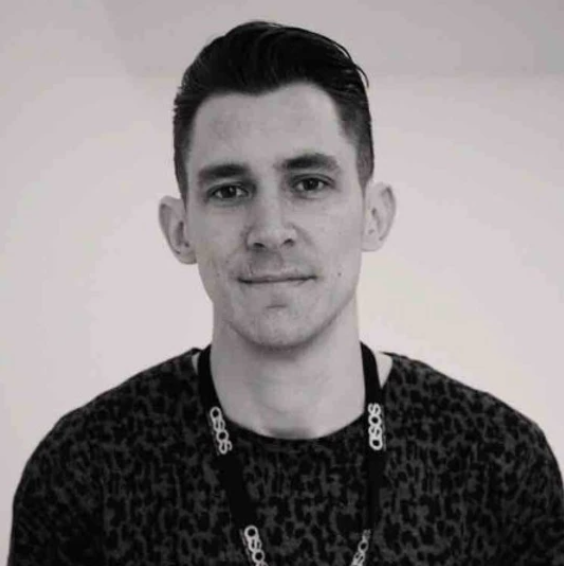Interview: Adam Harwood @ ASOS
This week we had a super interesting chat with Adam Harwood who develops the digital learning programme at ASOS. We've summarised the key points from our discussion here:
// TRAINING MUST BE LEARNER-CENTRIC
"We're used to information on demand" says Adam, "people want to choose how and when they engage". When he started at ASOS, development was heavily classroom based, but he noticed that some people just asked for the notes, rather than attending the sessions themselves. He realised that learning needed to suit the learner, not the L&D team.
// KNOWLEDGE SHOULD BE ACCESSIBLE EVERYWHERE
Now ASOS focuses on having all the materials that people need in a searchable platform (they use Looop). People are used to the internet being their source of knowledge. If it's easier to Google something then people will, so learning materials need to offer higher quality and increased convenience. Looop is mobile friendly so people can access content when and where they want. Adam says they have people reading up on things as they walk into meetings, or even in the middle of the night.
// FOCUS CLASSROOM TIME ON INTERACTIVE ELEMENTS
Events are still an important part of what ASOS does, but the focus is more on discussion, collaboration and sharing experiences peer-to-peer - activities that can't be replicated online. This has made events more engaging and better attended. Trainers can assume that participants know the the basics of any given topic, and devote more time to practice and advanced concepts.
// USE LEAN METHODOLOGY TO DESIGN CURRICULUM
To decide what should be on their learning platform, Adam organised a focus group with top performing team leads. He picked people that were new enough to remember the transition from their previous role, but who had enough experience to have a feel for what the role entailed. During the session everyone noted the things they wish they had been taught when they started, and then everyone voted on which topics were most important. This determined the topics that they built content on, and the priority they built it in.
// TRACK USER FEEDBACK TO CONTINUOUSLY IMPROVE
"Speed to competence is our key target". Adam constantly seeks out feedback from both more experienced and newer employees to check in on how the training is performing. Asking the right questions is key. Instead of asking people for advice to share, he asks them what they actually did themselves. Google's advice to "put your best people under the microscope" has been a strong influence.
// GET AS CLOSE TO THE BUSINESS AS POSSIBLE
"L&D is in crisis. It's not about learning, it's about DOING". The business cares about what people can deliver, and knowing things is a means to that ends. According to Adam, the best way to get buy in from the rest of the organisation is to speak in their terms and help them achieve their goals. It's vital to spend time in the business and understand what their goals are.

